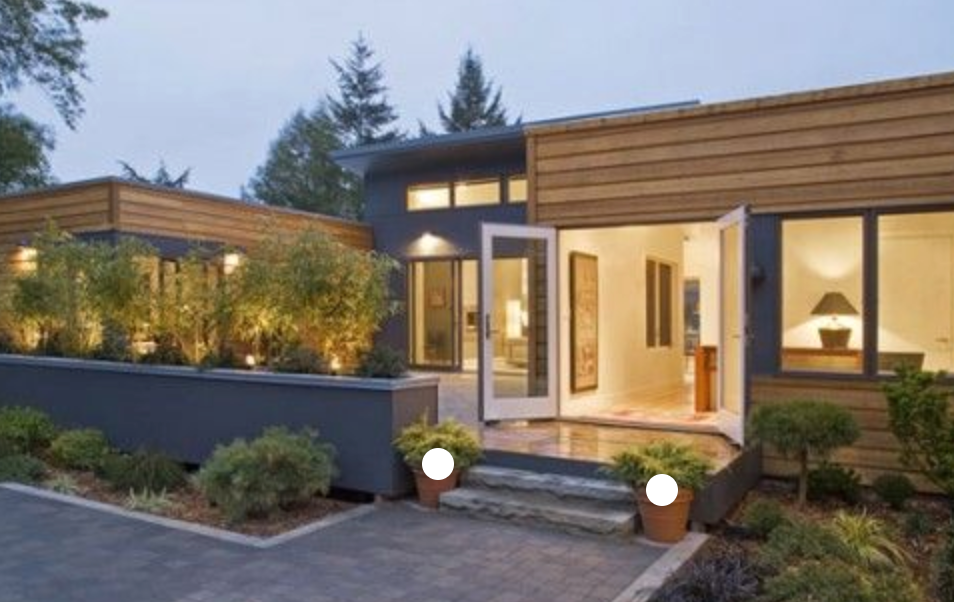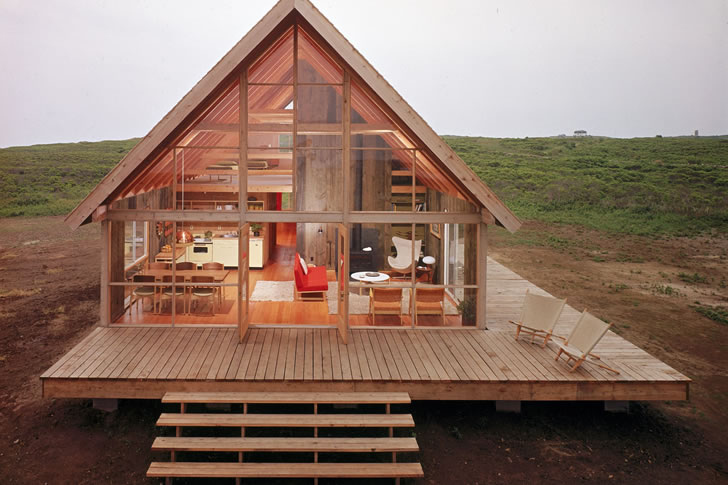The age-old pursuit of finding a home has always been central to human existence, and the contemporary era has introduced a novel solution to this timeless quest—the emergence of “Pre Home” building methods. This innovative method of crafting personal living spaces delivers a streamlined and efficient path to becoming a homeowner, fitting the swift and option-rich lifestyle of today. This article seeks to investigate the growing benefits of Pre Home construction and its potential to transform the residential real estate sector.
Pre Home construction fundamentally represents a sophisticated method of home building where the majority of the construction is carried out off-site, in a managed and factory-like environment. This methodology marks a notable departure from conventional construction methods, where homes are typically built from the foundation up at their final location. The Pre Home model tackles several persistent challenges in home building, such as unreliable schedules, cost overruns, and the environmental impact of on-site construction.
The charm of Pre Home construction is its potential for customization. Unlike the inflexible models of past prefabricated homes, modern Pre Home construction presents a broad range of personalization options. Homebuyers have the freedom to choose from numerous design elements, including architectural styles, interior configurations, materials, and contemporary features. This extensive degree of choice empowers consumers, ensuring that their home is a reflection of their individual lifestyle and tastes.
Sustainability in construction is another key advantage of the Pre Home approach. The accuracy of factory construction significantly minimizes waste, contrasting with standard building methods. Additionally, the incorporation of sustainable materials and energy-saving technologies is more easily implemented in a controlled setting. Consequently, Pre Home construction is not only more environmentally friendly but also fosters long-term savings for homeowners through lower energy expenses.
Cost-effectiveness is one of the most enticing features of Pre Homes. The predictability of the construction process in a factory setting facilitates strict budget management, and the shortened construction timeframe leads to decreased labor expenses. These savings are often passed on to the buyer, making the dream of owning a personalized home more feasible for a wider range of people.
The swift pace of Pre Home construction is particularly appealing, especially in an era where time is a valuable resource. The accelerated construction timeline means that buyers can move into their new homes much sooner than with traditional construction methods. This rapid turnaround is beneficial for those with tight schedules or families looking to quickly settle into their new home.
However, the Pre Home concept does encounter some obstacles, such as managing transportation logistics and the necessity for local builders to finalize on-site assembly. Yet, as the sector evolves, these challenges are being addressed with enhanced transportation strategies and by establishing robust networks of local contractors proficient in finalizing Pre Home projects.
Technological advancements further augment the allure of Pre Homes. The ability to integrate smart home technologies during the manufacturing process means these homes can be designed to meet future needs, ready to serve the digital requirements of contemporary residents. From automated lighting to smart climate control, Pre Homes are at the forefront of integrating home technology.
In conclusion, the Pre Home advantage is found in its ability to offer a personalized, cost-effective, and ecologically sound path to homeownership. This construction model is not merely a reaction to current market demands but a forward-thinking strategy for future housing needs. As the Pre Home construction concept gains more acceptance, it has the capacity to transform the housing industry, making the process of acquiring a tailored home more accessible, efficient, and in tune with the desires of coming generations.

